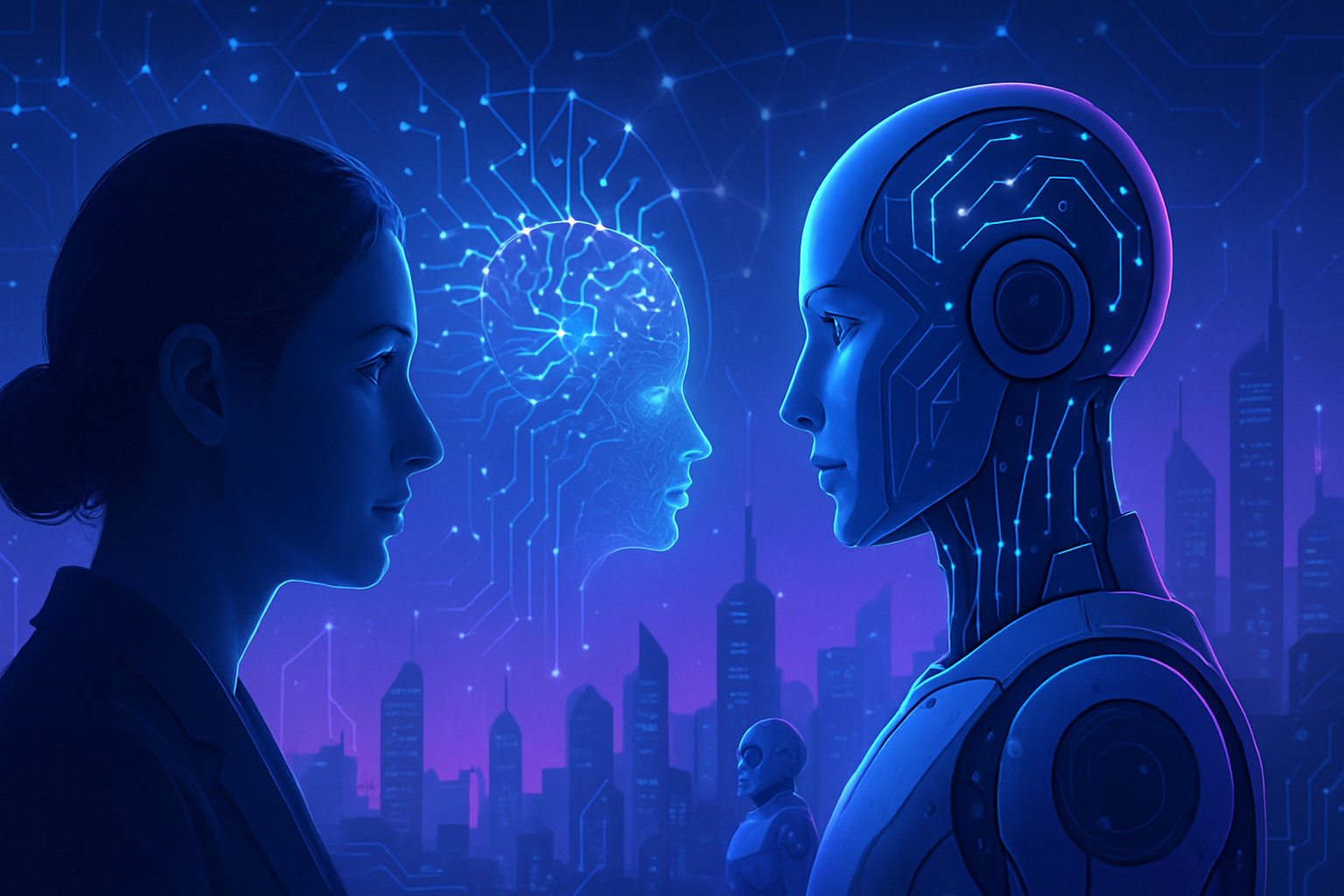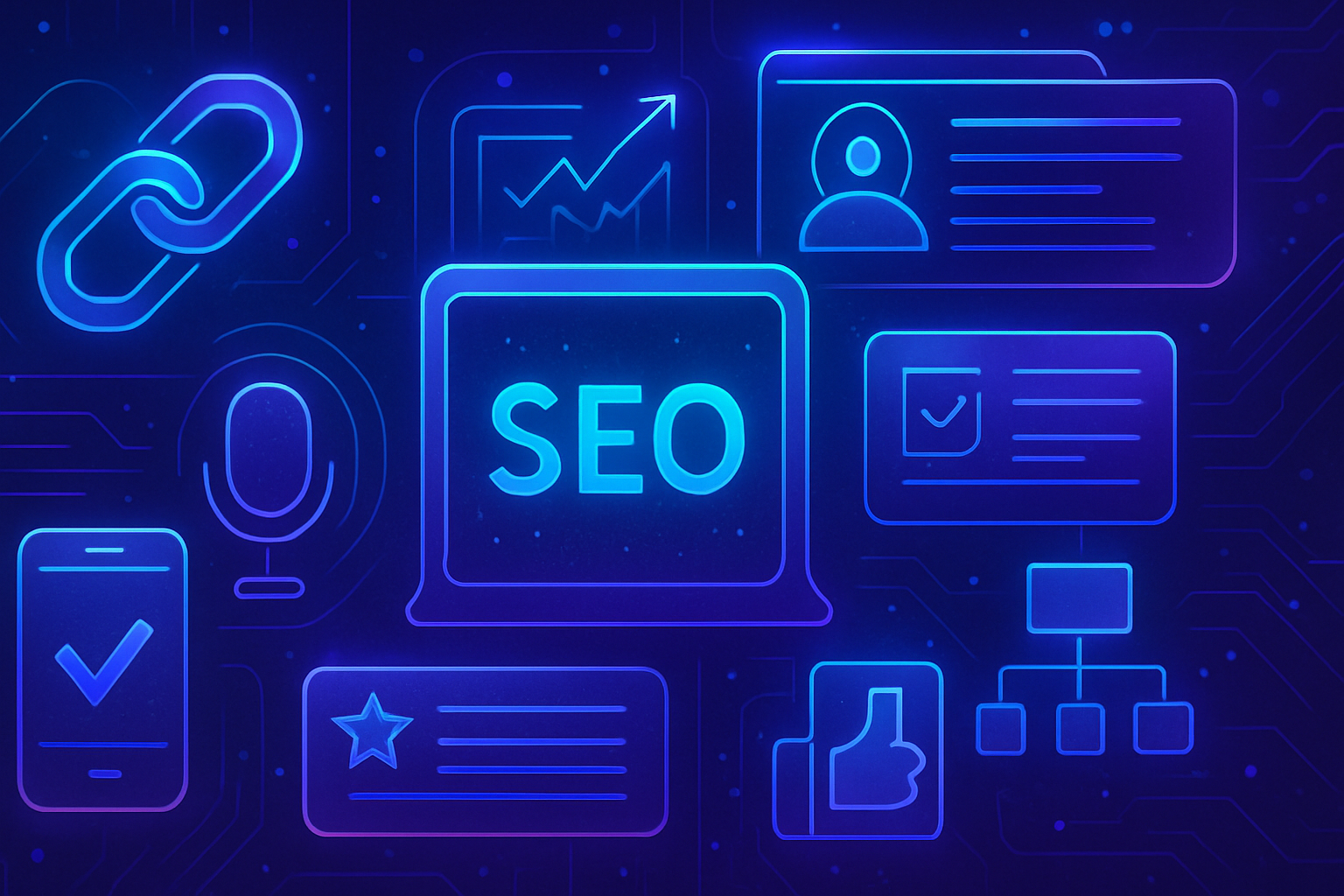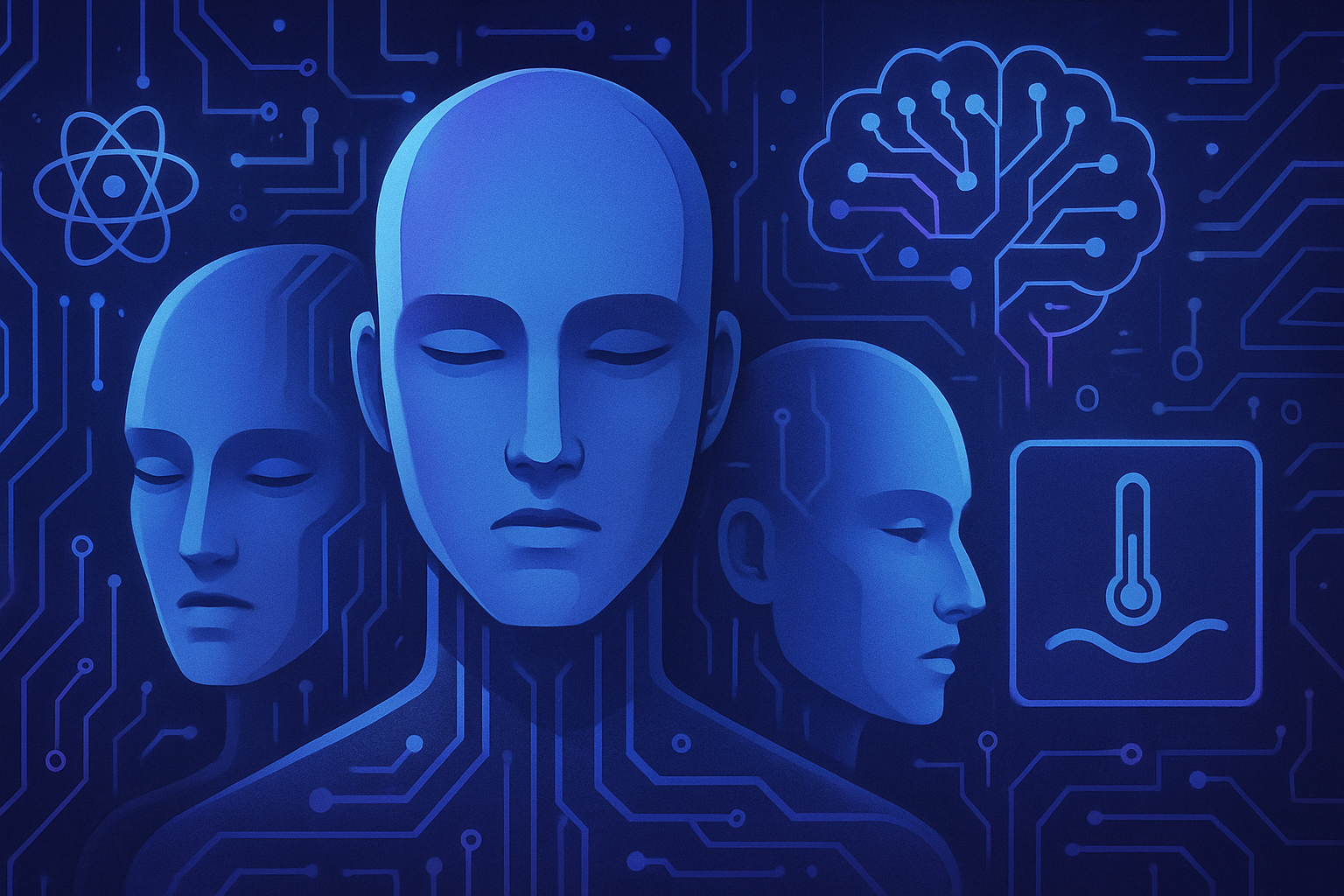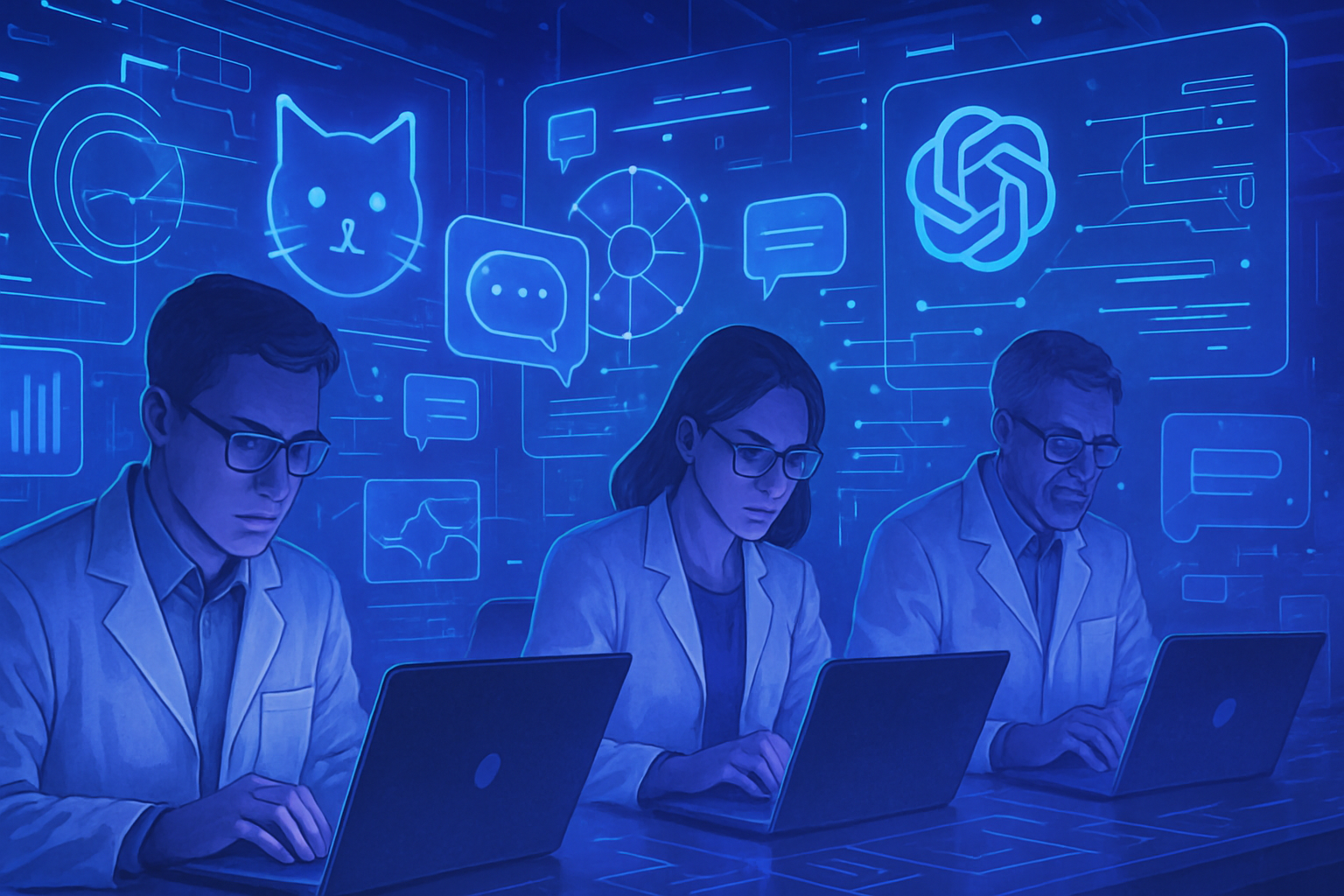Generation Z, fluent in its understanding of modern technologies, is transforming the established paradigms of the industry. This emerging class of employees prefers human-centered environments, demanding innovative and ethical practices. The integration of industrial vision systems becomes essential to meet its dynamic expectations. In this context, the adoption of technology solutions tinged with artificial intelligence proves crucial. Companies must reinvent their strategies to capture the interest of this generation while fostering an inclusive culture of innovation.
A radical change in technology acquisition
Industrial vision, often seen as an innovation reserved for seasoned technicians, is undergoing a significant transformation. Today’s professionals no longer settle for imitating old strategies. They seek to implement solutions that make sense in their field. The industrial environment must adapt to meet modern demands, where Generation Z, empowered by its technical skills, is redefining usage standards.
The expectations of Generation Z
A McKinsey study reveals that this generation hardly appreciates a machine-centered environment. Young workers prefer a work setting that is human-centered. The quest for meaningful work, coupled with a desire for flexibility, is a challenge that leaders must meet. While compensation remains a factor, personal fulfillment becomes the dominant criterion in the professional experience.
A changing workforce
Currently, Millennials and Generation Z already represent 50% of the workforce, a proportion that will reach 70% by 2030. This demographic shift encourages industrial leaders to rethink their priorities. With the increasing life expectancy and aging population, intergenerational dialogue becomes essential to foster innovations.
Integration of new technologies
To attract Generation Z, companies must rebel against outdated practices. Automated industrial vision technologies are emerging as strategic tools to engage this new generation. Job opportunities are diversifying, encompassing management, supervision, and even maintenance of these systems. These modern tools can amplify skills while ensuring a more dynamic workplace.
The impact of artificial intelligence
Industrial vision is evolving thanks to advances based on artificial intelligence (AI). Systems utilizing deep learning algorithms show exceptional performance when appropriately trained. Tools for optical character recognition, for instance, can operate without requiring lengthy coursework for new employees, such as those from Generation Z.
The cloud also appears as a promising solution. By establishing an industrial vision platform in the cloud, users can share and optimize data in real-time, regardless of location. The efficiency of this collaboration facilitates the resolution of complex problems and encourages skill sharing among generations.
Future perspectives
Industrial vision will continue to adapt, taking into account the values and expectations of new generations. With the growing demand for meaningful work, professions will need to redefine themselves. Companies anticipate a radical cultural shift, incorporating more human and participatory practices in the face of automation.
This need for renewal is accompanied by an unprecedented quest for precision. Industrial vision systems, integrating cutting-edge technologies, must be optimized to fuel this evolution. Harnessing the capabilities of deep learning is essential for constant innovation, combining the expertise of past generations with the aspirations of today’s workers.
The future of industries will depend on this reinvention.
All these dynamics show that Generation Z is not simply a new workforce. It represents an opportunity to revolutionize technology adoption processes within the industry. By integrating this knowledge into a more collaborative work environment, the industrial vision sector can reinvent itself and thrive in the face of contemporary challenges.
Help section: Frequently asked questions about Generation Z and industrial vision
How does Generation Z influence the adoption of industrial vision?
Generation Z, having grown up in a digital environment, approaches the adoption of industrial vision with ease, favoring digital tools and the integration of innovative technologies in their work processes.
What are the expectations of Generation Z regarding work in the industry?
This generation prioritizes inclusive and human work environments, emphasizing flexibility, personal fulfillment, and professional development opportunities rather than simple compensation.
How do automated industrial vision systems meet the needs of Generation Z?
Automated industrial vision systems allow this generation to focus on value-added and strategic tasks while simplifying repetitive operations through automation.
What challenges does the industrial vision sector face with Generation Z?
Challenges include the need to adapt recruitment and training techniques, align company values with those of this generation, and create an environment that fosters innovation and collaboration.
How does artificial intelligence play a role in industrial vision for Generation Z?
Artificial intelligence allows for the optimization of industrial vision systems, making these technologies more accessible and efficient for Generation Z, providing them with powerful tools to enhance their performance and creativity.
What types of roles in industrial vision are most appealing to Generation Z?
Generation Z is drawn to roles focused on innovation, such as maintenance of automated systems, data analysis, and even management of strategic technological projects.
How can companies attract Generation Z to the industrial vision sector?
Companies must offer interesting career opportunities, a collaborative work environment, and ongoing training programs that encourage Generation Z to engage in long-term positions.
What is the importance of intergenerational collaboration in the industrial vision sector?
Intergenerational collaboration is crucial as it allows for the combination of experiences from previous generations with innovative ideas from Generation Z, thereby fostering innovation and agility within teams.






